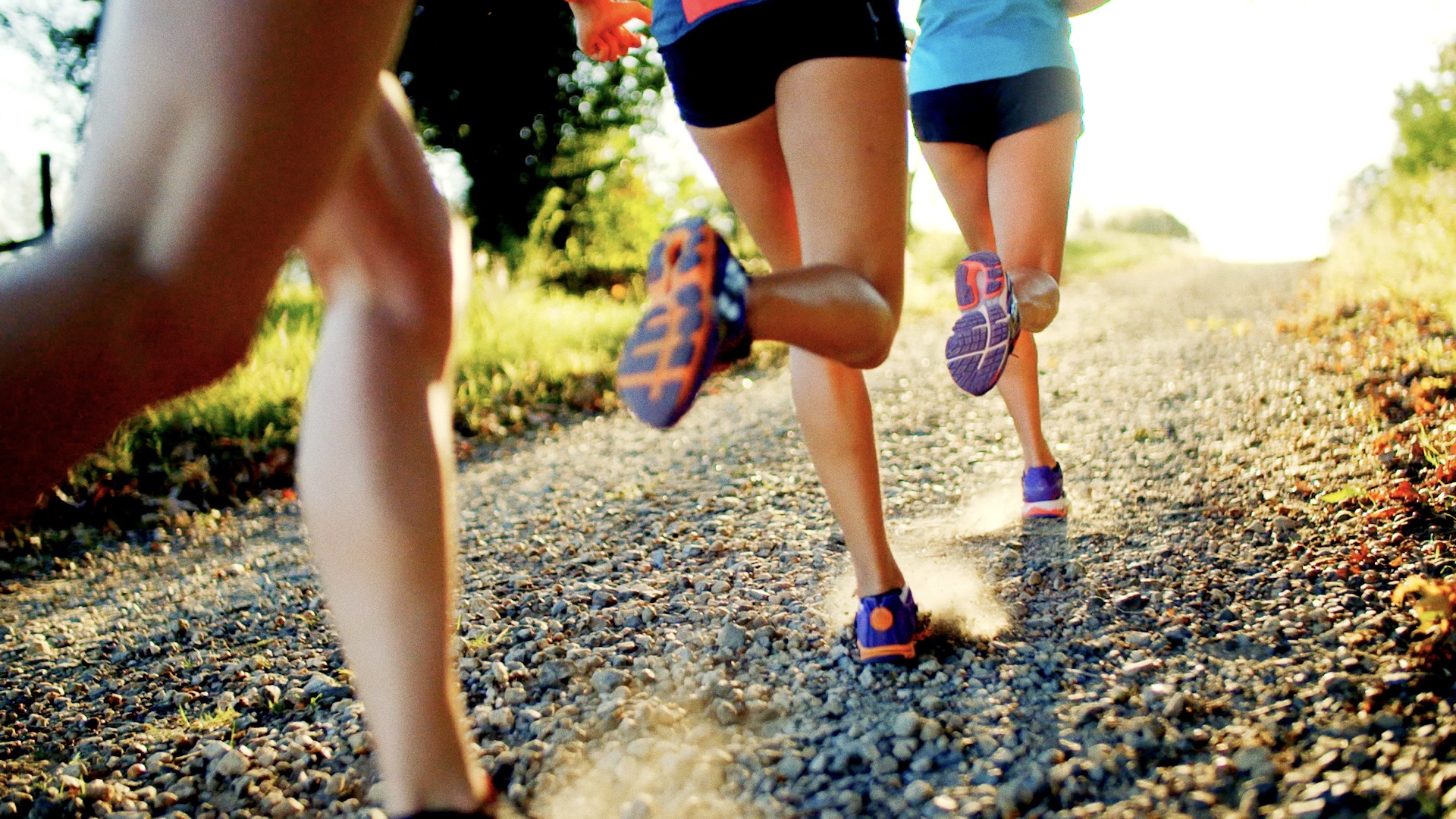
Are you considering ditching the tarmac for the trail? Welcome to the great outdoors. I took up trail running in Colorado as a way to uplevel my outdoor workouts in the spring when the trails were too muddy for long hikes. Now that I live in the city again and the mountains are a little further away, it allows me to get more out of my time in the hills without having to sacrifice half a day, or longer. And I love it.
Whether you’ve been tempted by other runners’ Instagram posts or you’re just seeking a different challenge from your running routine, there are loads of great reasons to try trail running, but it’s important to keep in mind that the switch isn’t as simple as just getting off road with the same old kit, pace and attitude. Read on for our top tips for switching from road running to trail running to make sure you stay safe, and stick with it.
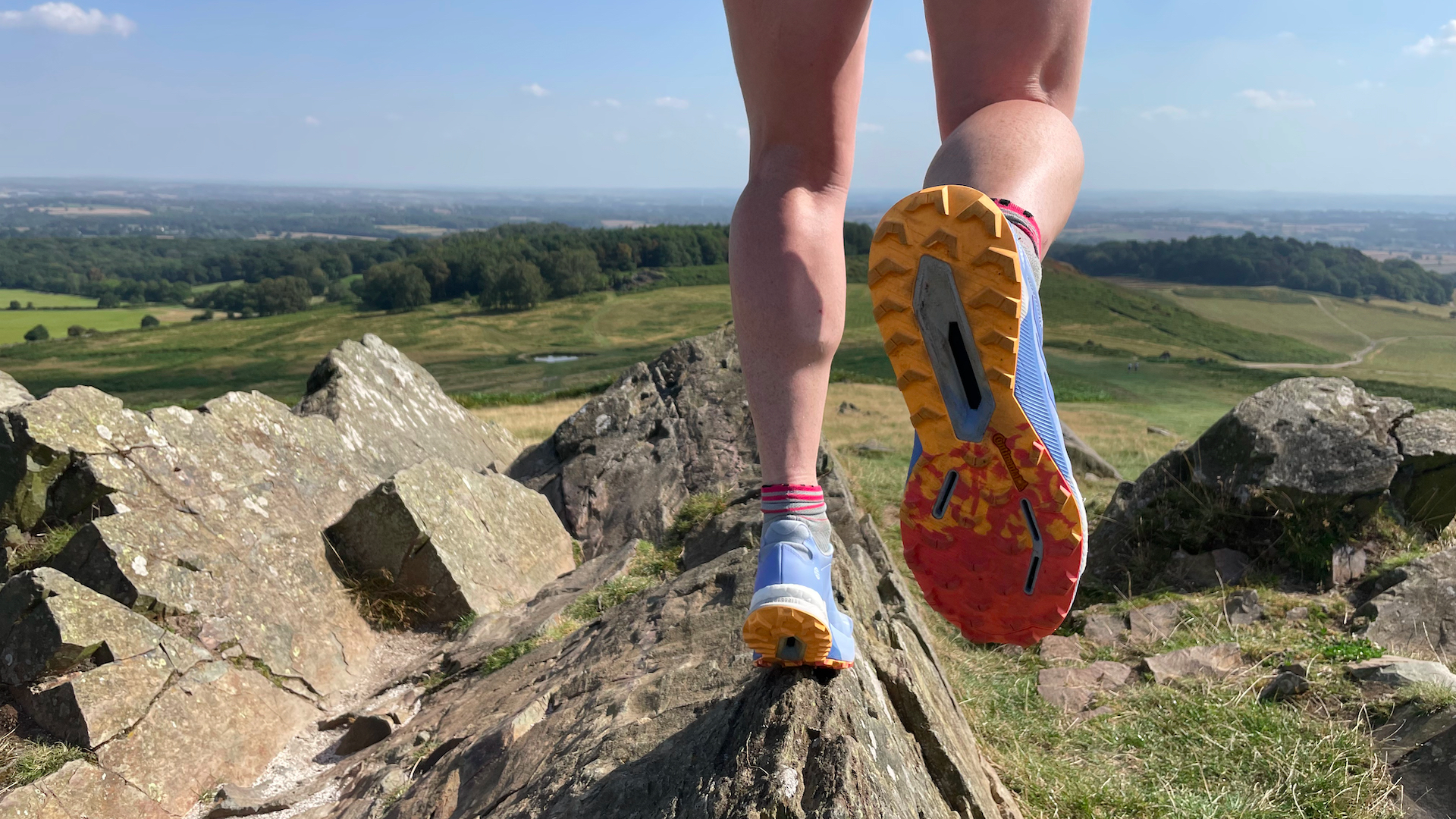
1. Get some new shoes
Wearing road running shoes for trail running is a bit like trying to drive a Ferrari down a Jeep trail.
Whereas your road shoes are built for flat surfaces and straight roads, will be lightweight and have a decent amount of cushion to help you bounce off the tarmac (or a lot if you favor maximalist shoes with a rocker sole), these shoes can be problematic on the trail. The lack of grip won’t do you much good when you meet with mud, crumbly rock or wet grass and a high stack sole can make it easier to turn an ankle when you land on a rock. Meanwhile, the light uppers offer your toes zero protection from a bashing when you come up against a tree root.
Trail running shoes provide traction and protection against trail hazards, and will often have a lower drop, firmer mid sole and allow for some trail feel so you can better respond to the rough, uneven ground beneath you.
Your road running shoes might be okay for the occasional jog along a gravel road or in the grass, but if you’re truly planning on heading into the backcountry, you’ll want to upgrade your footwear quickly.
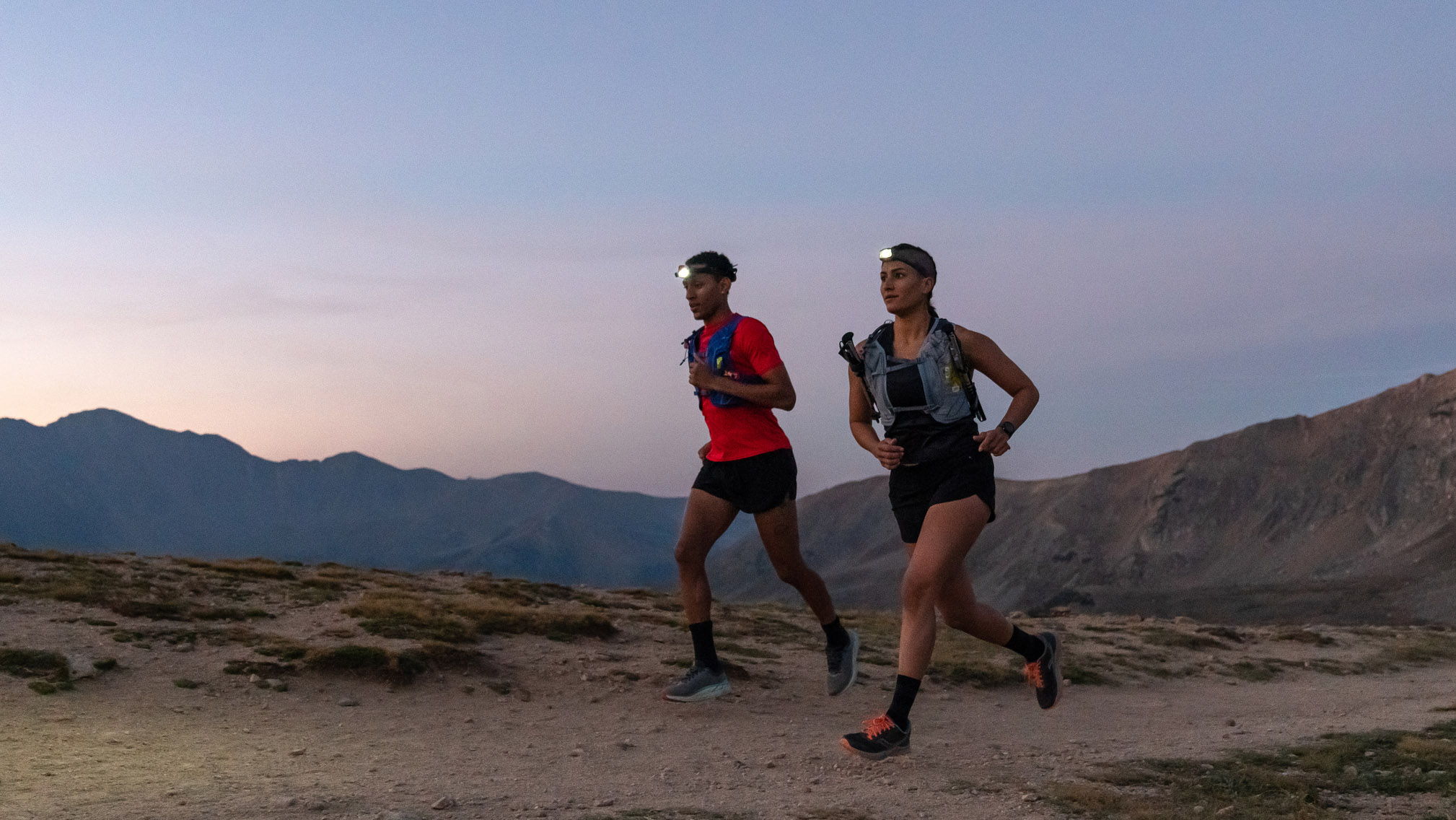
2. And gear up
The beauty of road running is that it’s a relatively low-apparatus sport. Get yourself a decent pair of shoes, pull on whatever gym gear you already own and you’re good to go. Trail running, on the other hand, requires a bit more gear, especially if you’re heading into more remote areas.
The further you are from civilization, the more you’ll want to think about protection from the elements, so it’s worth investing in a lightweight running jacket in case it starts to rain (remember that in higher elevation areas, that rain can quickly turn to hail and snow). You’ll want running gloves and a skull cap for the same reason.
You may not carry any water for road running, but it’s essential to bring either a water bottle or hydration pack for longer trail runs, or a LifeStraw if there are natural water sources nearby.
Other items you may want to have include safety gear like a running headlamp, emergency blanket and whistle to call for help. Read our article on trail running kit for more ideas on what you need to stay safe.
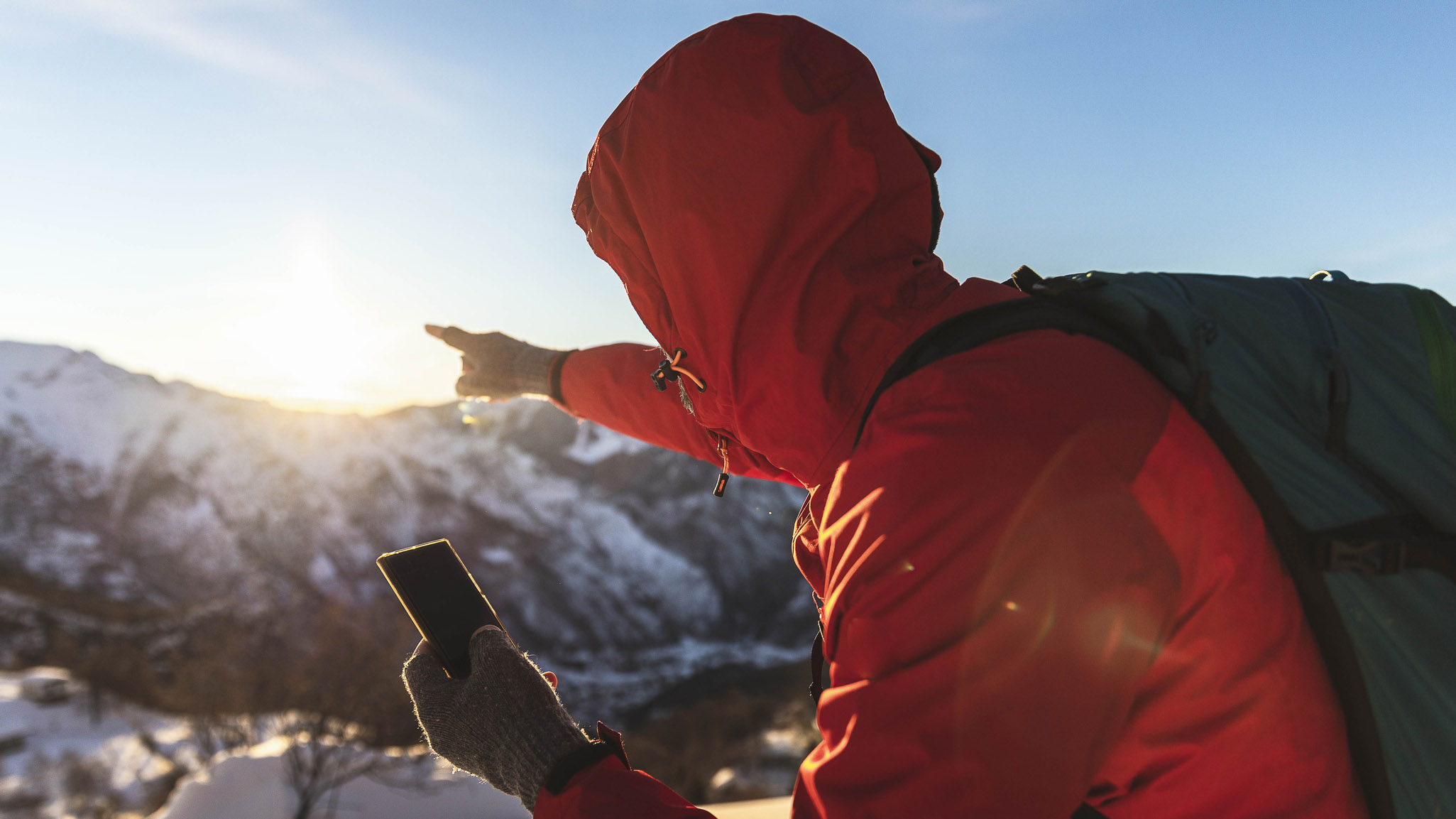
3. Learn to navigate
Not to say that road running never requires any navigation, but Google Maps is typically reasonably accurate in town and you can rely on markers like street signs to get you where you’re going. If you do get lost, you can always call an Uber to get home.
If you’re heading out into the backcountry, however, you should not rely on Google Maps and it should be clear that there won’t be any taxis to assist you. While you can use navigation apps like AllTrails and you may indeed be able to find well-marked trails such as those in National Parks where it would take effort to get lost, out in the backcountry, you’re going to need some navigation skills in case you run out of phone battery.
Trail running in the wilderness requires you to have a topo map of the area, a compass, and the ability to use both tools. You can certainly use modern tech, such as GPX maps that you’ve downloaded to your phone or your GPS watch, but you should still have analog tools for backup. If you do get lost in the backcountry, there’s a good chance you’ll have to self-rescue or have a long wait for mountain rescue.
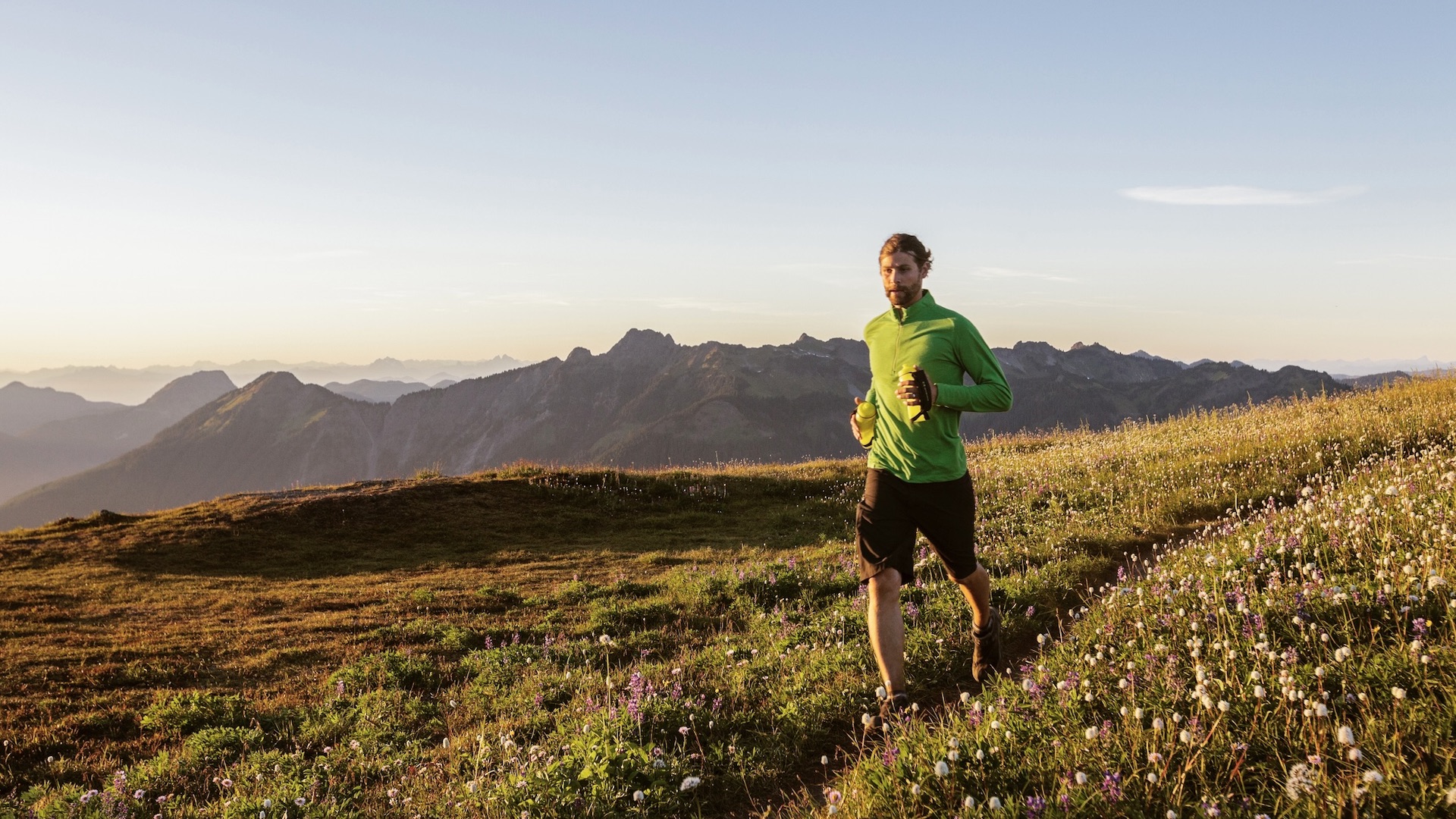
4. Start small
When you finally hit the trail for the first time, chances are you’ll be surprised to discover just how different it feels. Even if you’re a seasoned road runner, you might feel, well, surprisingly out of shape. The softer ground absorbs more energy compared to the hard tarmac which rebounds your energy back to you, and your legs will feel heavier and slower. Pushing off takes more muscular energy while uneven terrain requires a different gait. All of this means that there’s no point setting off and expecting to run your usual time or distance.
Consider trail running to be a whole new activity and start out with shorter runs than you’re used to while you get the hang of it, and to allow your muscles and tendons time to adapt to the new strain you’re putting on them. If you typically run for an hour, try running on the trails for 30 - 40 minutes and remember that while it might not feel as impressive, your body is actually working harder so you’re getting just as much, if not more, out of each workout.
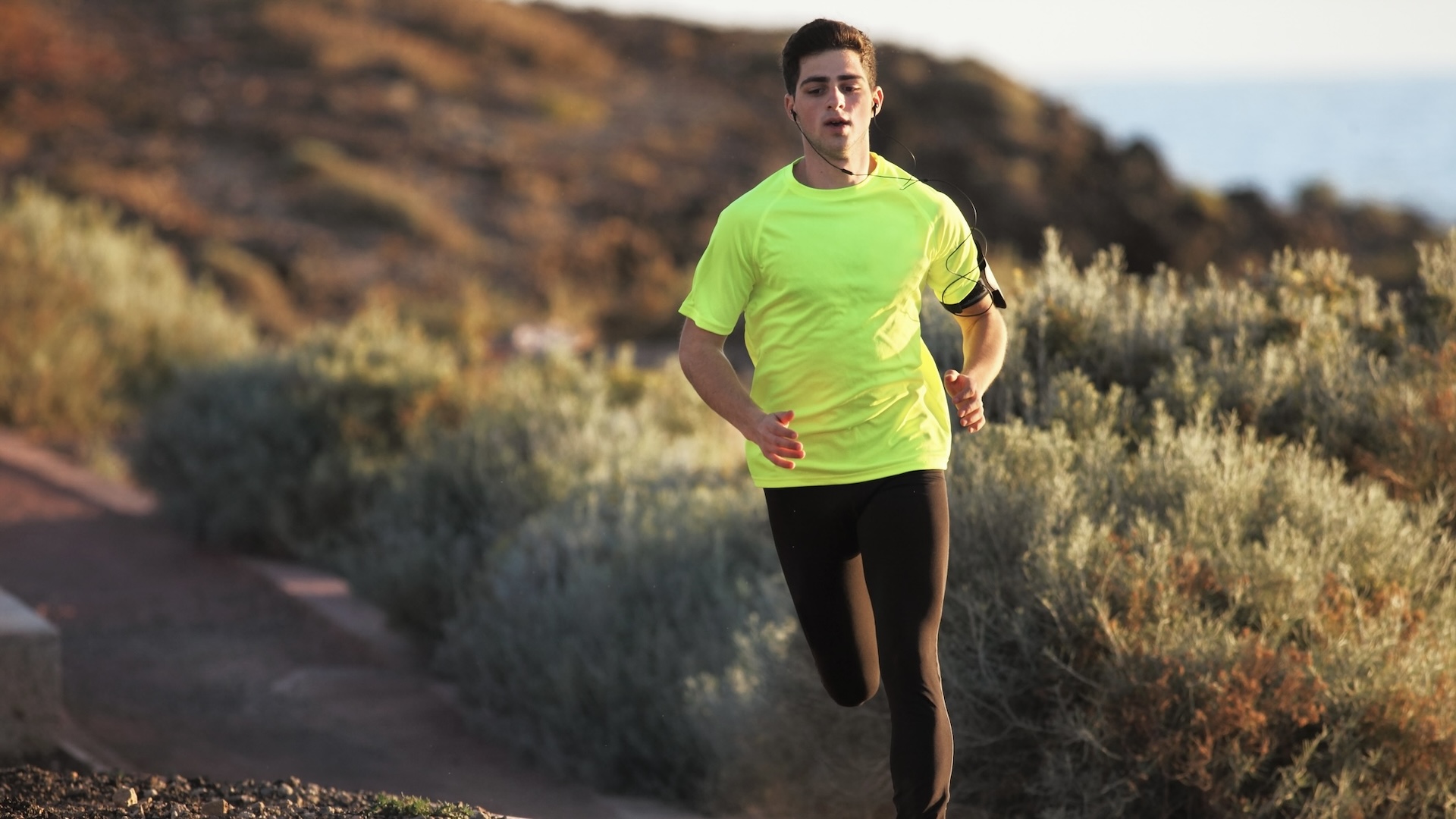
5. Slow down
When you start trail running, it’s best to forget all about your usual pace. Trying to run at your road pace won’t just be harder on your heart and lungs, it could make you more prone to injury as your likelihood of tripping and falling will increase. Let the terrain guide your pace and don’t even look at your running watch.
6. Shorten your stride
This one goes hand in hand with slowing down of course, since when you’re on the roads, running faster means you probably lengthen your stride. On the trail, smaller steps will make it easier for you to negotiate obstacles and respond to the changing terrain. It also means that when you suddenly realize you have to take a longer step or jump over something, you'll have the power to do so.
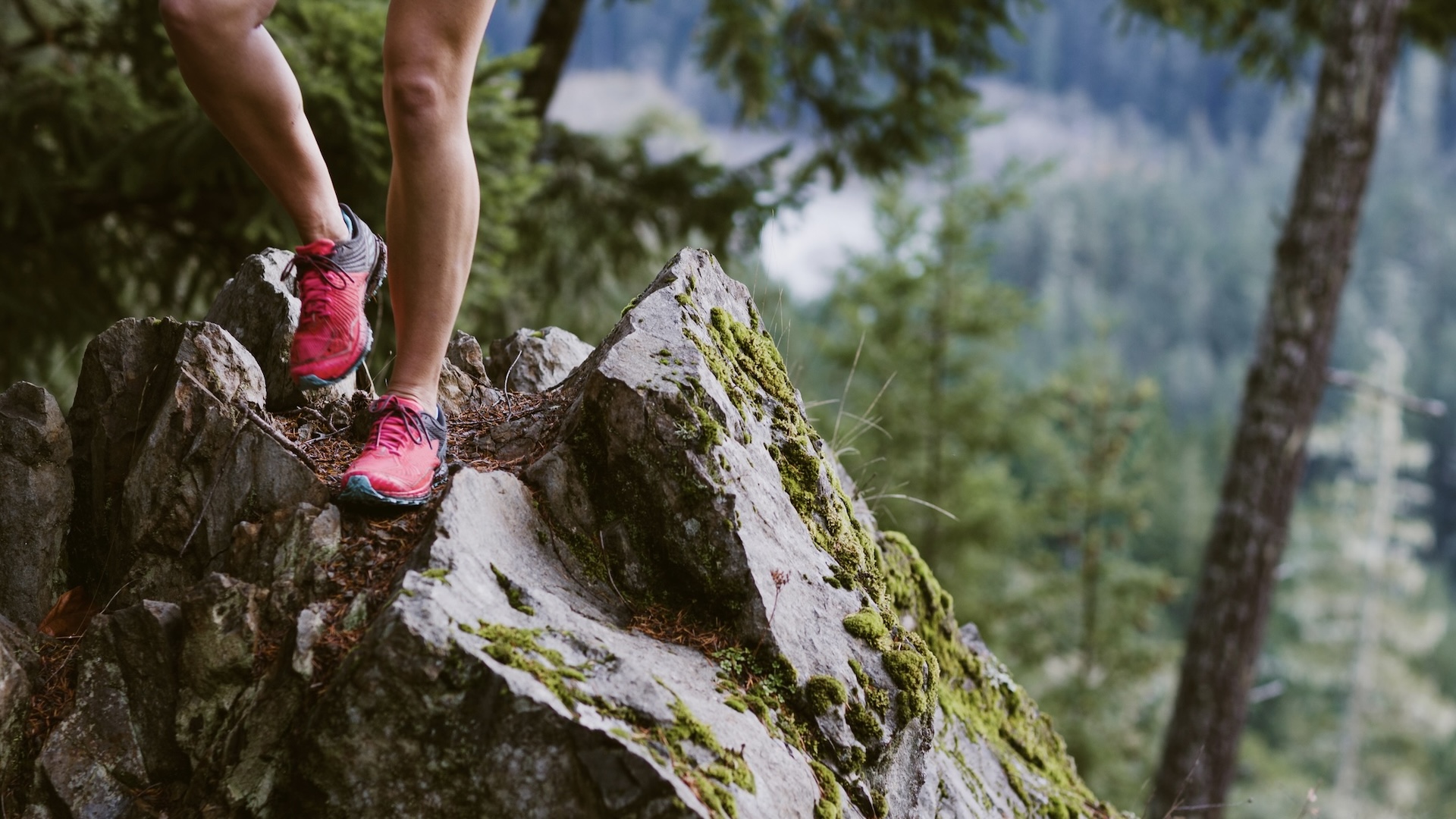
7. Build up gradually
Trail running places a whole new level of load on your soft tissue. There’s the softer surface absorbing the impact of each step, uneven ground demanding micro stabilizations from your leg and feet muscles and most likely, more uphills and downhills. Expecting to run as frequently and for as long as you do on the roads would be a bit like going to the gym and whacking on another 50 lbs at the barbell. It doesn’t give your soft tissue time to adapt and this can mean you’re more likely to get injured.
Building up gradually might mean adding in one 30-minute trail run a week, then increasing your time in 10 minutes increments. By the end of the month you’ll be running for an hour, and you might add a second run to the week the following month, at the same time decreasing your time spent on the roads, so you slowly phase out the tarmac and in the trails.

8. Stay aware
One of the most compelling features of road running for many of us is the ability to zone out. If you have a route that isn’t too congested with people or traffic, you can put on your favorite tunes and practically forget you’re even running for miles.
On the trail, however, you’ll need to kiss that aspect of running goodbye, because if you get distracted by your surroundings, you might quickly find yourself eating dirt. It’s recommended that you lose the headphones altogether for trail running, enjoy the sounds of nature, and keep your mind focused and eyes on the trail.
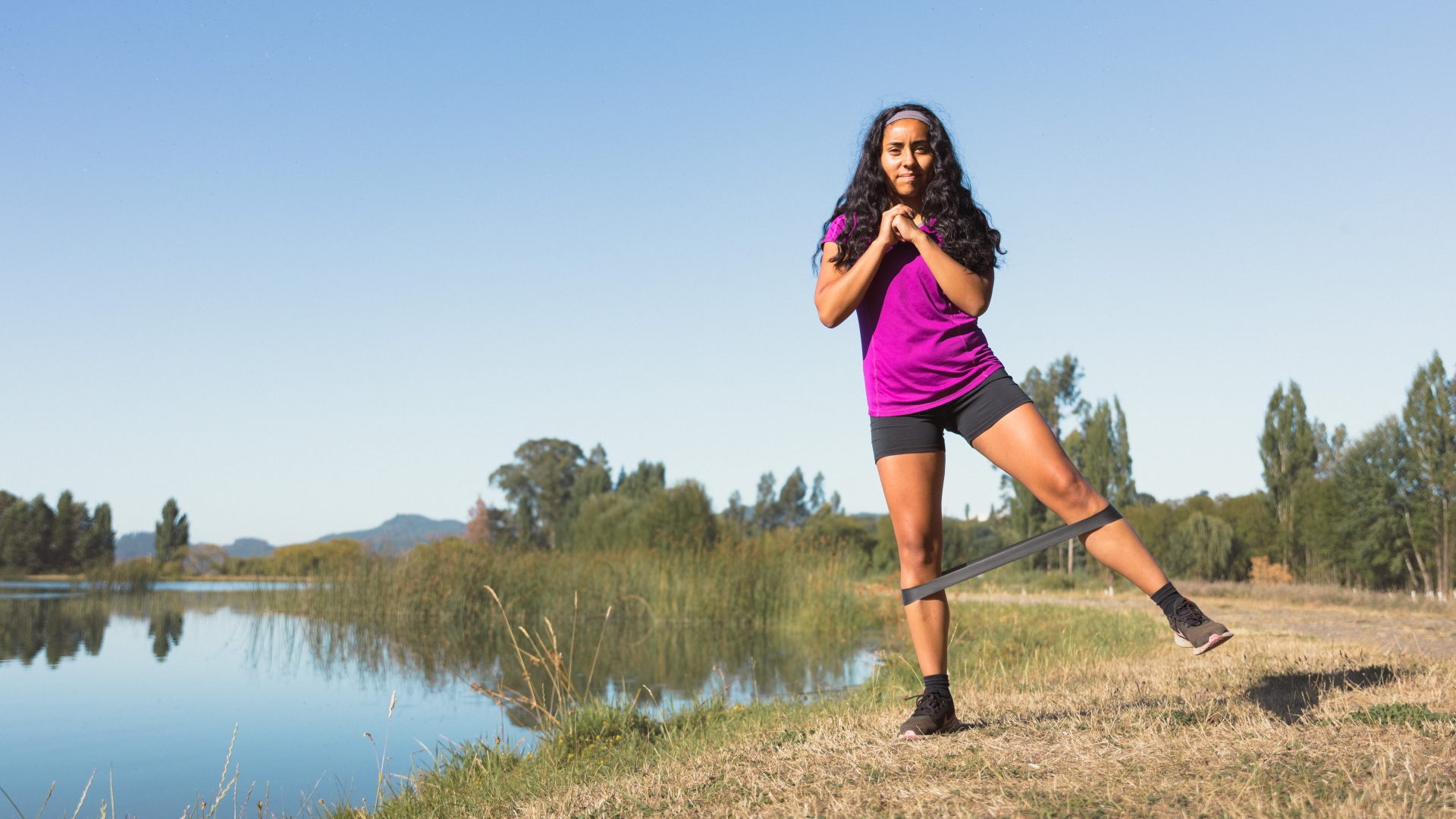
9. Adjust your cross training
Like cycling, running moves your joints through a short range of motion on repeat, so it’s a good idea to do regular cross training to keep your body in balance. For trail running, you might want to shift the focus of your strength workouts and focus more on ankle strength and balance to counteract the risk and effort that uneven surfaces present.
For some ideas, check out our guides to ankle strengthening exercises and balance exercises for runners. And don’t forget to do some yoga stretches for runners when you get home because your legs are going to be a lot more tired.







